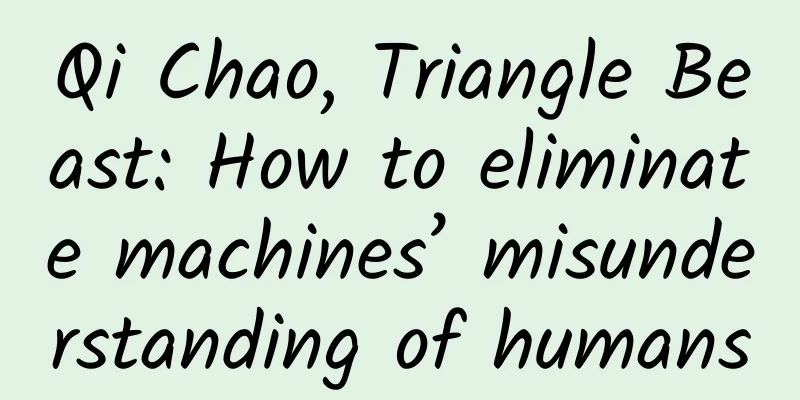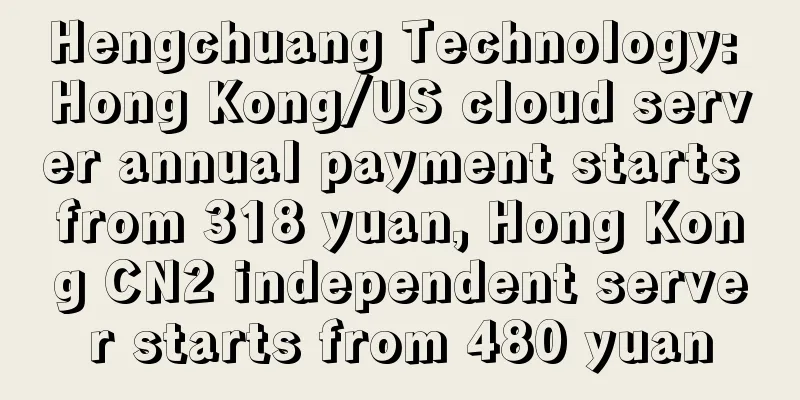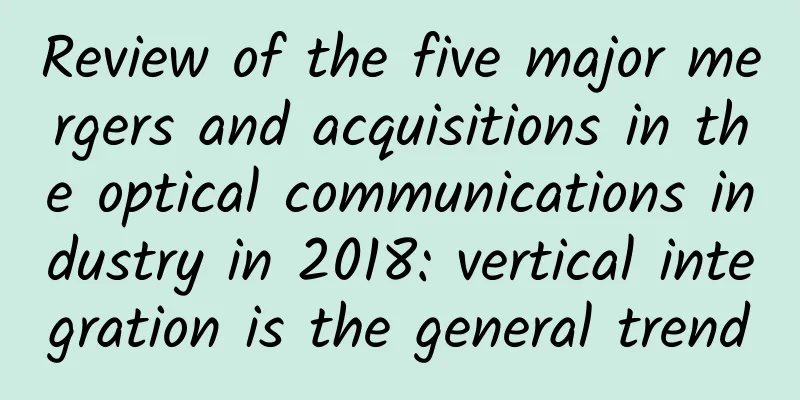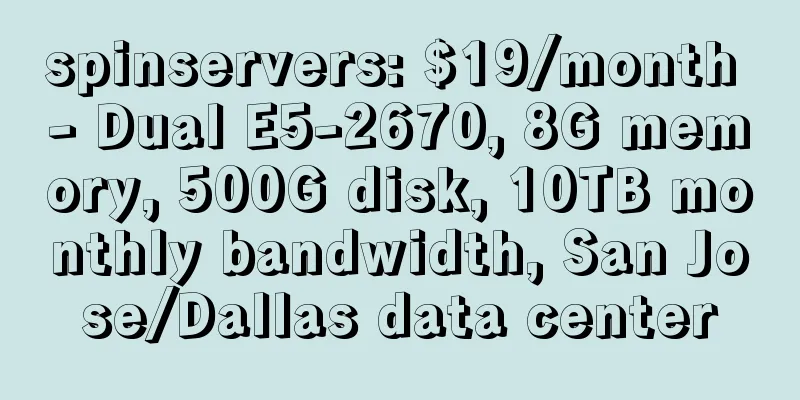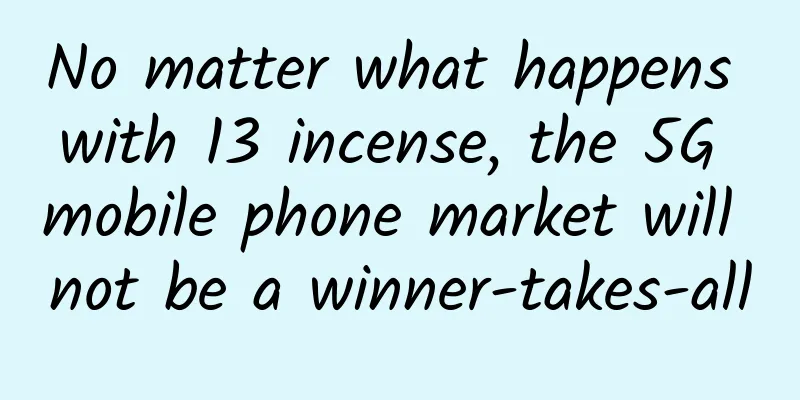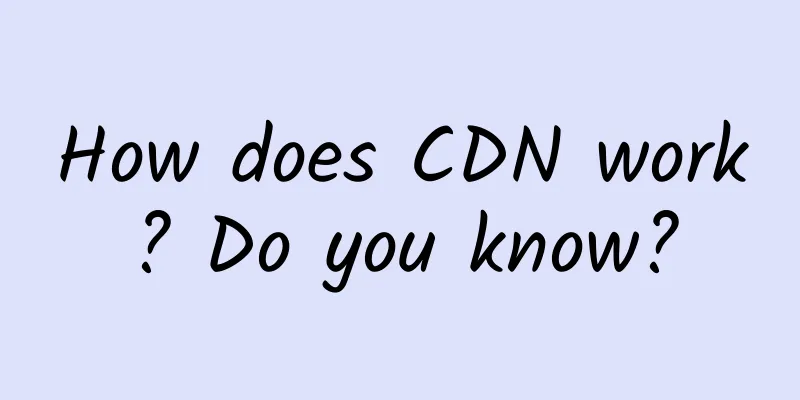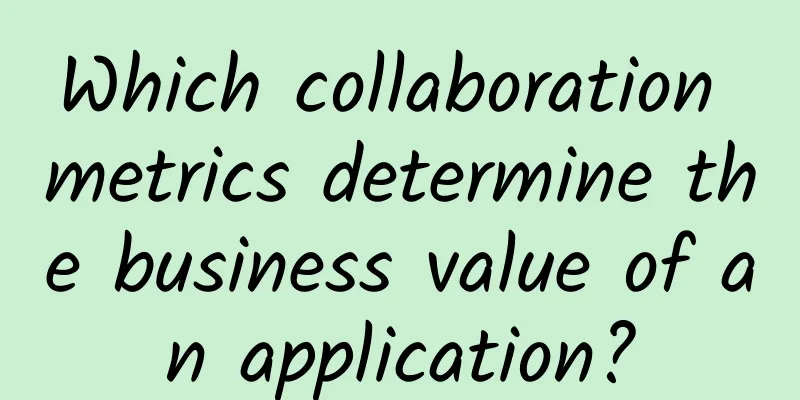Let's talk about the communication protocol I2C subsystem
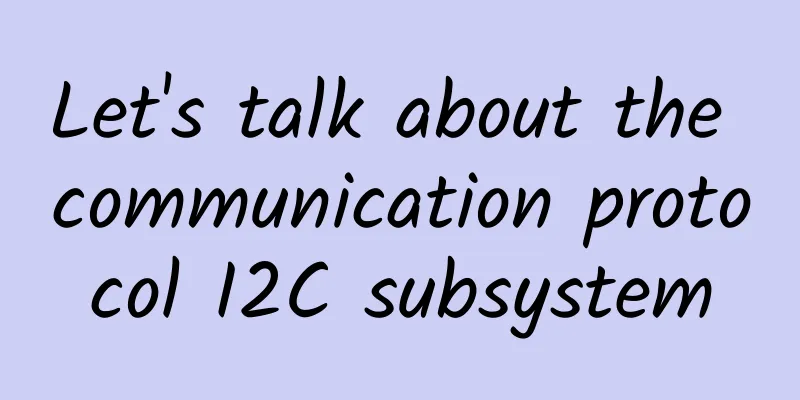
I2C TransferDefinition of timingTo explore the I2C protocol in depth, you must have a deep understanding of the definitions of various times (F/S-mode)
Sr restarts, S starts, and P stops. Note: When SCL is high, SDA is high, which is 1, and low, which is 0. During SCL low, SDA changes data. Note: The start condition is easy to understand. Repeating the start condition means there is no STOP, then a START, and then sending another slave device ID to access other slave devices. Defining Terms1. Data ValidityDuring the SCL high level period, SDA must be stable, so in general, the SCL high level width is small and the SDA high level width is large, which is also the case when viewed with an oscilloscope. 2. Start condition and stop conditionStart condition: When SCL is high, SDA changes from high to low. Stop condition: When SCL is high, SDA changes from low to high. Generally, each time a byte (8 bits) is transmitted, it will restart. SDA changes data during the low level period of SCL, and cannot change data during the high level period of SCL, otherwise it will be considered as a start and stop condition.
3.ACK or NACKAfter each byte is transmitted, the slave device must respond with ACK or NACK. ACK: After transmitting 8 bits, at the ninth bit, SCL is high. If SDA is low, it means ACK is responded. NACK: After transmitting 8 bits, at the ninth bit, SCL is high. If SDA is high, it means a NACK response. 4.write data5. read data6. Composite Format7.I2C Transfer Regulation
8.10-bit addressingThe analysis is as follows: A9-A0 indicates 10 bits address 9. Oscilloscope waveform10. SupplementI2C does not support the slave device to initiate an interrupt on the SCL and SDA buses to notify the master device to read data. Slave devices with interrupt requirements need to connect an additional interrupt line to notify the master that the data is ready and let the master initiate the data read operation. |
<<: Will the laser in a broken optical fiber harm us?
>>: 2022 Network Open Source Technology Ecosystem Summit (Online) concluded successfully
Recommend
6 IT roles that need retraining
Given the rapid pace of change in the technology ...
The Secret of Online Physical Examination Technology (Part 1)
1. Necessity of online physical examination In da...
DogYun's fourth anniversary: 30% off on Elastic Cloud/20% off on Classic Cloud, 40% off on new Chongqing Cloud, 10 yuan free for every 100 yuan deposit, 100 yuan off for dedicated servers
Yesterday morning we shared information about Dog...
What you need to know about Wi-Fi 7
As Wi-Fi 7 continues to make waves in the technol...
Fiber pre-entry: A new strategy to accelerate FTTH deployment
With the progress and development of human societ...
International roaming fee reductions are aimed at the wallets of people traveling abroad
When traveling abroad, you always have to rent wi...
PTC DPM: Dramatically improving manufacturing efficiency again
According to McKinsey's research report "...
5G brings unlimited opportunities to different industries
The workplace of tomorrow will look different tha...
What is the difference between SNMP Trap and Syslog?
System administrators use Syslog or SNMP Trap for...
How is the UK train network going digital?
[51CTO.com Quick Translation] Dennis Rocks, produ...
You can experience high-speed 5G network without 5G package, the three major operators confirmed, netizens are happy
Is this the norm for most people now? They hold 5...
Almost all companies hope to increase user revenue through 5G investment
The latest survey report from network security ve...
Three ways 5G will change manufacturing
According to RT Insights, the Manufacturing Insti...
Have you learned how to configure multiple public IP addresses?
background For some customers working on video an...
A simple introduction to the consensus algorithm Raft
[[417323]] This article is reprinted from the WeC...
